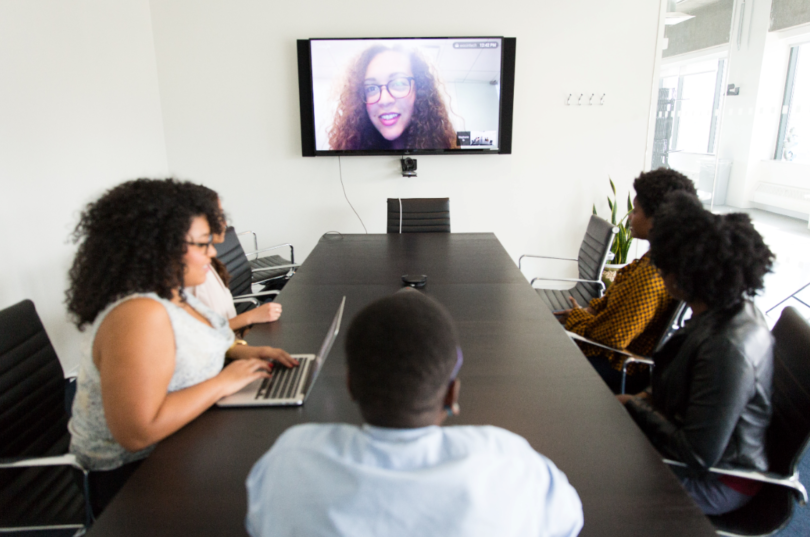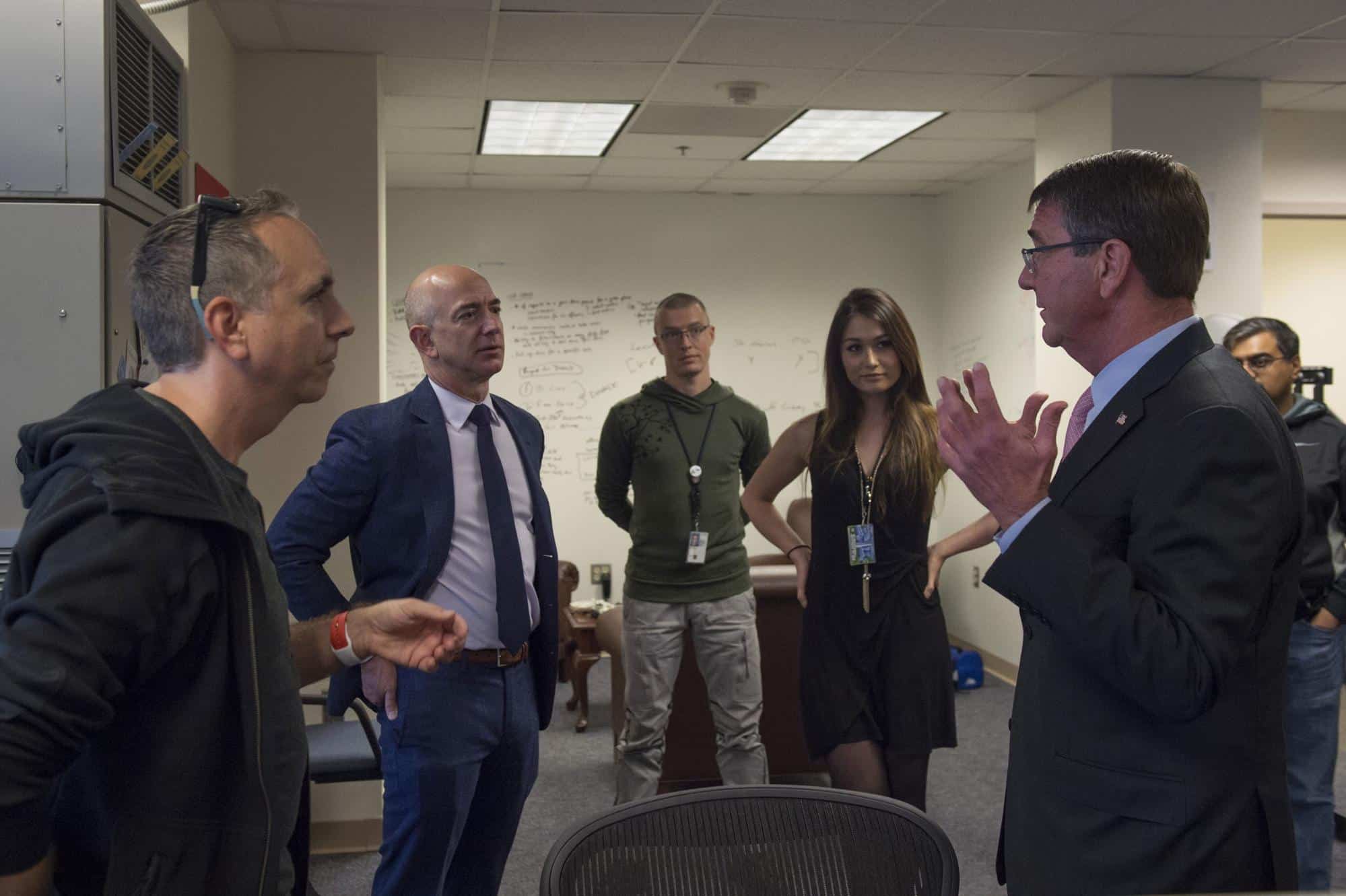When we hear the word “meeting,” the thought that comes to almost every mind is a stretch of seemingly infinite time spent in a dull room getting bored out of our wits. Or (during the coronavirus pandemic), a bunch of painful PowerPoint slides or grainy faces droning on from their home office, and don’t get us started about Zoom burnout.
Not only can meetings be painful, but they can also be pretty detrimental to organizations — leading to a huge loss of time and money and lowering the productivity of employees.
According to studies, 15% of an organization’s time is spent in meetings. Unproductive meetings are estimated to waste over $37 billion every year. Even though workers are known to spend over four hours each week preparing for every small meeting, executives consider more than 67% of their meetings as failures.
When surveys were conducted regarding the effect of meetings, the results weren’t too surprising. 92% of admitted to multitask during meetings, 69% admitted they get bored and browse their emails during meetings. Some simply started to daydream during meetings and some even fell asleep during the meeting.
Getting sidetracked from a dull or seemingly useless meeting is made even easier during the coronavirus pandemic. With most people working from home, it’s easy to mute that Zoom meeting and continue binging Netflix. Or minimize Google Hangouts and continue working in your pajamas. You can even leave the room completely and nobody would be any wiser.
As a result of this, it may take time to refocus after a meeting and some attendees may be subject to “Meeting Recovery Syndrome,” or MRS. This is where productivity decreases as a response to elongated and potentially useless meetings.
But you can avoid falling into the rut of inefficiency by operating meetings with the same approach you take with your broader company operations — innovation. With that in mind, here are some strategies that two leading innovators (Elon Musk and Jeff Bezos) use to keep meetings productive and energizing. Let’s start with online meetings, since they’re the most prevalent in 2020 thus far.
Related: 20 Interactive Presentation Games
Tips for Better Online Meetings

While the information provided in an online meeting will be the same as that of an in-person meeting, there’s a little bit more you have to do beforehand to make sure you’re prepared for an online meeting properly.
Decide which software to use. For many people, virtual meetings are new. It’s important to make sure everyone is on the same page. Ask everyone which conference platform they’re most comfortable with, or go with a popular one like Meeting Pulse so you know there will be a lot of online support.
Send an invite in advance. Most conference platforms require people to enter a code or click on an exclusive link in order to access the meeting. For this reason, you should make sure you send out the invite a day or more in advance so you can ensure everyone has access to the link or code. This also gives people time to ask questions or notify you if they don’t receive the invite or the code didn’t work when they practiced entering the meeting.
Stay focused. When you have a meeting at work, someone might look drowsy here or there or an employee might sneak a look at their phone. But for the most part, everyone is — for better or worse — forced to pay attention or be present. When everyone’s working remote, that’s not always a guarantee. For this reason, you need to keep the meeting short and to the point.
Keep videos on. To ensure everyone is paying attention and participating in the online meeting, make it mandatory that everyone keeps their video on. This ensures that attendees are not watching Netflix or scrolling through Reddit during the discussion. It’s also a way to create a personal connection with everyone in the meeting, similar to a face-to-face setting.
No multitasking. Just like texting wouldn’t be allowed in a meeting at the office, you must enforce no distracting multitasking during an online meeting. Attendees shouldn’t be emailing or using Slack, even for work-related things.
Be aware of etiquette. People often picture virtual meetings as being “casual.” You’ll see jokes about people attending meetings with a suit jacket and tie but no pants. But in reality, you need these meetings to be taken seriously for them to be effective. Make sure you’re dressed appropriately and be very aware of your body language. You don’t want to cross your arms or start scrolling through social media. Instead, maintain eye contact with the camera whenever possible.
Always allow for questions. The more interactive an online meeting is, the more focused people will be. Leave pauses for questions between topics and encourage people to write questions in the chat for you to check out once you’re done with a certain part of the presentation. Just make sure people are muting themselves when they’re not speaking to avoid interruptions or distractions.
Now let’s take a look at some leadership principles that apply to all meetings, virtual and in-person.
Guiding Leadership Principles
If you’re wondering how to conduct a great meeting — including virtual ones — chances are you’re the leader of your organization. Before getting into the nitty-gritty, it’s important to know that nothing hurts meeting effectiveness more than poor leadership. Here are some guiding leaderships principles to follow:
- Be passionate about what you do. Only when you’re passionate about your own job will you be able to motivate and encourage your employees as well. Seeing your passion will charge them up to work harder and better.
- Know exactly who you are and how you want to run your company. Having clear goals is one of the main principles of leadership. This allows you to create a proper structure for your company meetings so they help your business move forward.
- You need to be a mentor and a guiding light for those working for and with you. Since you’re the leader, they’re bound to look up to you for inspiration and guidance. Be like a friend, listen to their concerns, and offer them wisdom accordingly.
- Be self-aware and responsible. Leaders often let ego come in their way, which leads to chaos across the organization. Never let that happen to you. If you feel there’s something you’re not doing right, accept it and take the responsibility of fixing the mistake.
Meetings with Jeff Bezos

Source: Seattle City Council
Amazon founder and CEO, Jeff Bezos, is known to have some of the most effective strategies to conduct productive meetings. In an annual letter to his shareholders, he shared those very tips, and he also did the same in an interview. Let us take a look at what these tips are:
Two-pizza teams: Bezos believes in having teams in a group that can be fed by two pizzas, and he calls this the “two-pizza team” rule. It’s very simple, and basically means that meetings shouldn’t involve too many people. The more people present, the noisier it gets. While some people love the sound of their own voice, others don’t even get to put their point across.
Therefore, have a meeting with limited people so that all the diverse opinions can be heard. And if it’s online, instruct people to mute themselves before it begins, only unmuting themselves when it’s their turn to lead the discussion or ask questions. This also eliminates background noise and other distracting sounds.
No PowerPoint: “No PowerPoints are used inside of Amazon. Somebody for the meeting has prepared a six-page narratively structured memo. It has real sentences, and topic sentences, and verbs, and nouns—it’s not just bullet points,” says Bezos about the meeting culture in Amazon.
Having memos serves as a better way to put your thoughts across than PowerPoint presentations. Not only do the people making the memos get enough time to jot dot their points, but it also helps the listeners understand better.
If this sounds extreme to you, a moderate alternative would be to make your PowerPoint presentations more interesting and engaging with technology.
Begin with silence: Bezos says, “We read those memos, silently, during the meeting. It’s like a study hall. Everybody sits around the table, and we read silently, for usually about half an hour, however long it takes us to read the document. And then we discuss it.” This way, everyone knows what the meeting is about and there’s no pretense involved.
Conflicts can be good: Bezos also says that he “likes to get people arguing,” and that “conflicts at times lead to interesting outcomes.”
Go with your gut: Yet another advice he gives is to not let analysis determine your decisions. He himself has admitted that all the big decisions he has made in his life have been made from the heart, or through guts and intuition.
Meetings with Elon Musk

Source: JD LasicaElon Musk, the CEO of Tesla, believes that in order for his company to move forward, things need to be done differently. Meetings fall under this category, too. The way he thinks about meetings is something we can all learn from. Here are a few pearls of wisdom from Musk himself:
No large meetings: “Please get rid of all large meetings, unless you’re certain they are providing value to the whole audience, in which case keep them very short,” says Musk. This is a very simple formula indeed. Invite only those who you are certain will enrich the productivity of the meeting. Hosting a Zoom meeting with a lot of people is only going to result in extra noise. If it does in fact prove necessary to hold a longer meeting, make sure everyone stays engaged.
Leave a meeting if you’re not contributing: Musk says, “Walk out of a meeting or drop off a call as soon as it is obvious you aren’t adding value.” He says it’s not rude to leave a meeting. Rather, what’s rude is wasting someone’s time. Would you rather have someone sit and stare at their phones during a meeting or actually get some work done? This is why Musk’s rule is absolutely practical, especially in a remote setting.
No frequent meetings: “Also get rid of frequent meetings, unless you are dealing with an extremely urgent matter. Meeting frequency should drop rapidly once the urgent matter is resolved,” says Musk. Having frequent meetings only ends up affecting the productivity of employees. If something can be conveyed through an email or a video call, do that instead.
How to Conduct a Great Meeting
Now that we’ve covered what some of the tech giants think about meetings, let us take a look at a few simple tips that can help you conduct a great meeting. They’re as follows:
- Don’t waste time: Time is of the essence, and every second counts in a meeting. Instead of wasting time on waiting for everyone and having loud and unnecessary debates, just get to the point as quickly as you can.
Deliberately set the time limit for the meeting based on what you think is actually required to achieve the meeting’s objective instead of arbitrarily setting a 30 minute or 1 hour limit like most usually do. And then stick to the time limits; start promptly and end the meeting on the predetermined time. - Be prepared: There’s nothing worse than a meeting that has no purpose. Instead of calling a meeting where no one knows what the agenda is, make sure everyone knows what’s about to be discussed. Send out an email or a group message alerting everyone of the subject matter, so that each and every individual can come prepared. Make sure everyone clearly knows the meeting objective.
- Improvisation is okay: Although preparation is vital, it’s okay to improvise as well. This is for special circumstances when certain discussions lead to ideas that weren’t discussed previously. If that leads to a little positive derailment, it’s not something to worry about.
Plan for brainstorming and questions.
Related: 25 Fun Poll Questions to Ask Your Audience
- Conflicts are natural: You can’t expect a group of people to come together and not have conflicts. Therefore, don’t be afraid. If people have different opinions, make sure you hear out all the opposing views so that all the opinions are clearly present on the table, post which you can come to a unified conclusion.
- Take ideas from everyone: If you’ve called ten people to a meeting, remember that they’re giving you their valuable time. Therefore, ensure that you not only hear them out but also take their ideas and give them the consideration they deserve. When a lot of talented minds come together, that’s when great things happen.
- Wrap it up — talk about summarizing and creating clear findings and action items. talk about follow-up as necessary
Summing Up
Marissa Mayer, the former president and Chief Executive Officer of Yahoo!, says that she aggressively vets every idea during meetings. If something is brought to her attention, she gets to the bottom of it with questions, so that everyone can have a clear idea of what is being discussed.
When individuals who’re highly successful in their respective fields give us advice on a topic, it’s best to listen to them, and the same goes on the subject of meetings. Therefore, the next time you’re worrying about conducting a great meeting, consider these tried and tested tips from some of the greatest companies in the world.
Now that you know more about hosting a great meeting, start by incorporating technology like MeetingPulse to make your meetings more engaging and effective.
Related: How to Get People to Take a Survey
Getting employees engaged during a meeting is even more important now, since it’s one of the only times we’ll see everyone face-to-face during the coronavirus pandemic.
Meetings are a time for everyone to connect, ask questions and feel included in decisions and discussions. That’s why you need to make sure these meetings are as productive and efficient as they’ve ever been since you won’t actually know if Steve is even listening on his end or watching the finale of Ozark.


















